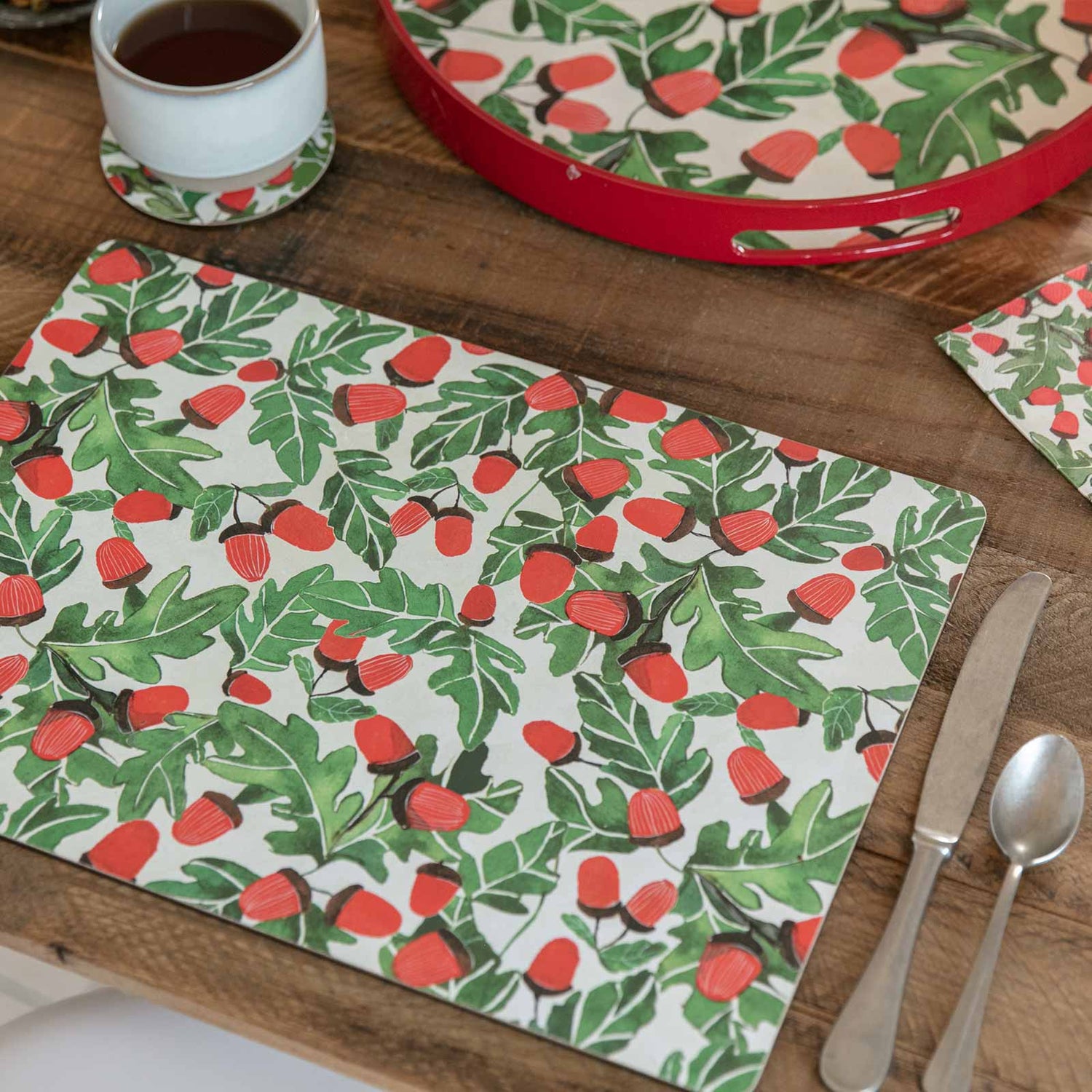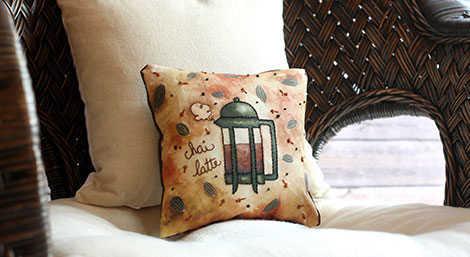The 25-Second Trick For Top News Sites
The 25-Second Trick For Top News Sites
Blog Article
Some Known Details About Unique Art
Table of ContentsThe Greatest Guide To Unique ArtThe Greatest Guide To Unique ArtSome Of Unique ArtThe Best Guide To Unique Art
While one may question which art kind holds precedence, the truth stays that each of these seven forms offers an one-of-a-kind home window into human history, society, and advancement. They are the tapestries that chronicle our journey, advising us of our past while motivating visions for the future.
Excellent art work narrates, makes people look two times, and develops an unique experience that can't be matched. Art and illustrations connect all of that through shade, shape and various other layout components. Learn exactly how to make your distinct art work attract attention from the group.
3 Emil DervishIn this entrance by Emil Dervish that gorgeous cobalt blue door takes the show. To bring much more dramatization, he expanded the paint. to the doorframe and the wall surface up, ending up in an arched form. The contours, along with a round sconce, soften the sides - Unique Art. After that frames vintage posters and maps of cherished places set the scene.
8 TRIA GIOVANEqual parts grand and laidback, this foyer developed by Anthony Baratta is the ideal plan to follow if you're enhancing a formal entrance that still really feels unfussy and comfy. Patterned fabrics take center phase (see the carpets and the couch), however they additionally assist bring the high ceilings to a human scale when hung over wallpaper.
Some Known Incorrect Statements About Unique Art
18 Heidi Caillier DesignA gallery wall surface does not need to use up the entire space. Sometimes a small one can make a bigger design declaration. In this living-room, Hiedi Caillier went with micro-mini frameworks and a random composition. Promotion - Continue Reading Below19 Stephen Kent JohnsonDesigner Juan Carretero chose for a deep environment-friendly paint shade to contrast with the light timber surfaces.
, the expression of ideas and feelings, with the creation of specific aesthetic high qualities, in a two-dimensional aesthetic language. The elements of this languageits forms, lines, colours, tones, and texturesare utilized in various ways to generate experiences of quantity, room, motion, and light on a level surface. These components are incorporated right into meaningful patterns in order to represent real or superordinary sensations, to translate a narrative theme, or to develop wholly abstract visual relationships.
Later on the concept of the "fine artist" developed in Asia and Renaissance Europe. Popular painters were paid for the social condition official source of scholars and courtiers; they authorized their work, chose its design and usually its subject and images, and developed an extra personalif not always amicablerelationship with their patrons. Throughout the 19th century painters in Western cultures started to lose their social setting and safe and secure patronage.
The Definitive Guide for Unique Art
Others gained an earnings with visiting exhibits of their job. The need to interest a market had actually changed the similar (if much less impersonal) demands of patronage, and its result on the art itself was most likely similar also. Unique Art. Generally, musicians in the 20th century can reach an audience only via industrial galleries and public museums, although their work may have been occasionally replicated in art regulars
It is the sense of certainty in this formal organization that provides a great painting its self-sufficiency and visibility. The colours and placing of the primary photos in a layout may be sometimes greatly decided by representational and symbolic considerations. Yet it is the formal interaction of colours and forms that alone can interacting a particular mood, producing optical sensations of space, news quantity, activity, and light and developing pressures of both consistency and stress, even when a painting's narrative significance is rare.
Don't replicate the style of various other musicians if you're trying to find your style. Duplicating other individuals's artwork can be wonderful in academic objectives yet it will certainly not make you closer to discovering your own distinct style. Your artistic design has to be, what you like and what influences you.

I would think about your own design as a style you repaint in normally, when you release all ideas and regulations and simply focus on paint, not thinking of it (Unique Art). The style needs to come naturally to you when you are unwinded and you can't require it or it will not be your very own design, just somebody else's
All About Unique Art
You require to try whole lots of different alternatives and discover everything prior to you can concentrate on one particular design or you'll be burnt out, or even worse, you'll despise your very own design. So I recommend you to attempt every single topic that you want, explore as high as you can. Attempt various mediums that thrill you and new techniques you have actually never attempted prior to.
With time you'll have the ability to sort every one of them right into your favored and the very least favored categories. Try look at here to concentrate your attention on the subjects and mediums that you like and prior to you see it coming you'll have your own personal and one-of-a-kind style, like nobody else have! In the end you'll have a few preferred subjects to repaint and perhaps a couple of favored tools.

The design needs to establish itself gradually with a whole lot of practice and experiments. Thanks for reviewing this message and if you have any inquiries leave them in the remarks listed below, I would certainly be delighted to address these. Report this page